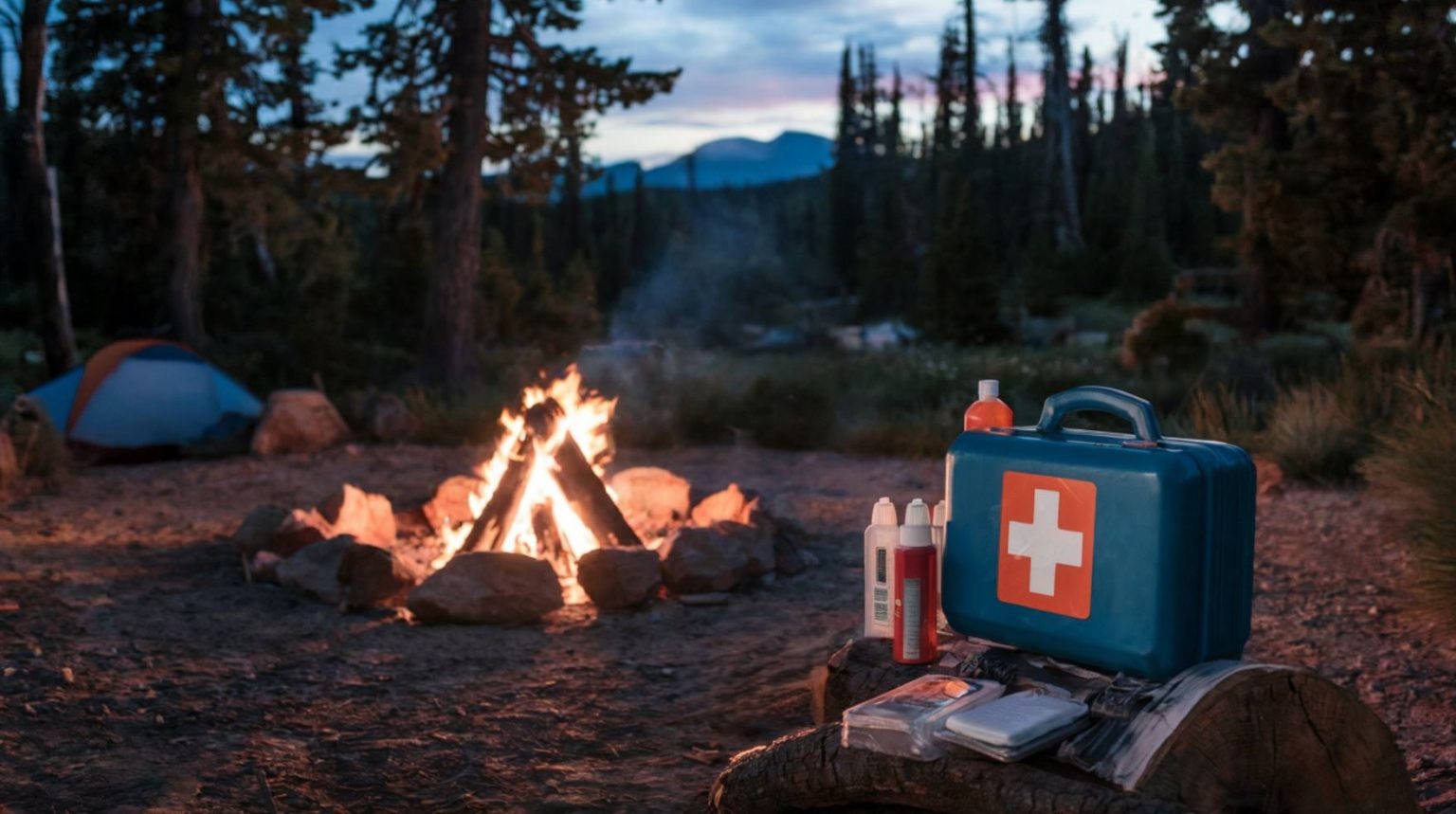Creating a Wilderness Emergency Plan Before You Go
When you venture into the wild, you’re stepping into a world that’s as unpredictable as it is breathtaking. The serene beauty of the wilderness can quickly turn perilous if you’re not prepared.
Knowing first aid isn’t just a nice-to-have; it’s an essential skill set. It’s about being ready to act when the unexpected happens, whether it’s a minor scrape or a life-threatening emergency.
The remoteness of camping locations often means professional medical help isn’t immediately available. Thus, the ability to administer first aid can bridge the gap between the injury and the arrival of professional assistance.
Before you set foot in the wilderness, create an emergency plan tailored to your trip. This plan should include detailed information on your route, expected check-in times, and what to do in case of an emergency. Share this plan with someone who is not on the trip, so they can alert authorities if you don’t return on time.
Let’s examine the ways that we can build a comprehensive wilderness emergency plan that incorporates the many necessary camping skills to keep you and your group secure.
Preparing Your First Aid Kit: Essentials for Every Camper
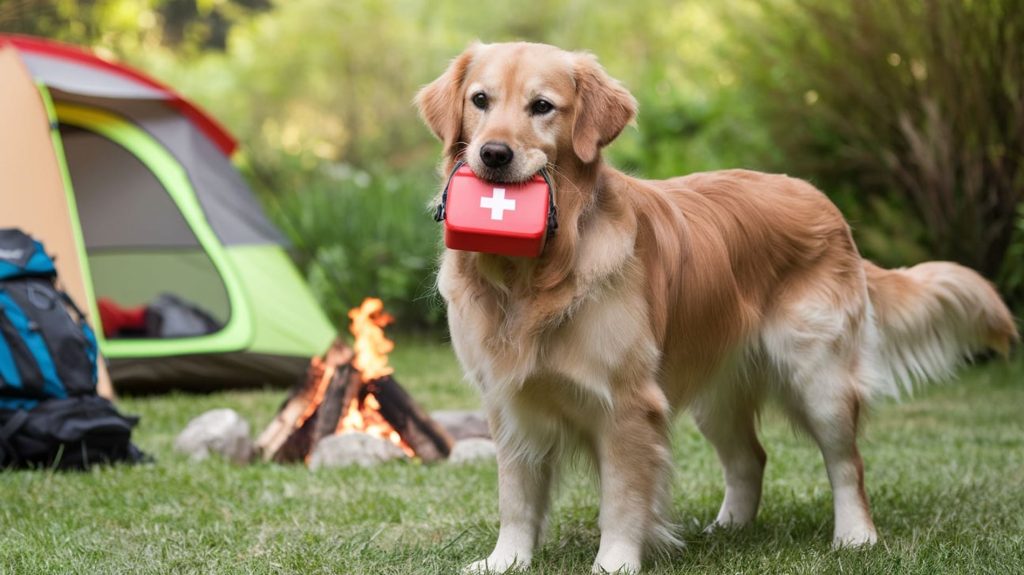
The Must-Have Items in Your First Aid Kit
A well-stocked camping first aid kit is the cornerstone of your preparedness in the wilderness. It should include a variety of bandages, antiseptic wipes, adhesive tape, and sterile gauze for treating wounds.
Don’t forget tweezers for removing splinters or ticks, and scissors for cutting tape or fabric. Include pain relievers like ibuprofen, antihistamines for allergic reactions, and a digital thermometer to monitor fevers.
Add in a first aid manual—preferably waterproof—for quick reference in stressful situations. Having these basics ensures you’re ready to handle most injuries that might occur on a camping trip.
Customizing Your Kit for Specific Camping Conditions
Every camping trip is different, so your first aid kit should be tailored to the specific environment and the challenges of your chosen destination.
If you’re hiking in snake country, include a snake bite kit. For high-altitude camping, pack medication for altitude sickness. In humid areas, mold and fungal infections can be an issue, so add antifungal cream. Are you camping near water? Waterproof bandages and blister treatments become crucial.
Compact and Lightweight: Building a Kit for Backpacking
Backpackers constantly face challenges with size and weight. Opt for multipurpose items like a combined antibiotic ointment and pain reliever, or a bandana that can be used as a sling, tourniquet, or head cover.
Consider collapsible or compact versions of items, like a folding pair of scissors or a compact emergency blanket. It’s all about balancing readiness with the practicality of carrying your gear over long distances.
Assessing and Responding to Common Camping Injuries
Cuts and Scrapes: Quick Response to Minor Injuries
In the great outdoors, cuts and scrapes are almost inevitable. A quick response is key to preventing infection.
Clean the wound with fresh water or an antiseptic wipe to remove dirt and bacteria. Apply an antibiotic ointment and cover it with a sterile bandage to protect it from further contamination.
Regularly change the dressing to ensure the wound stays clean and dry, promoting faster healing. Minor injuries may seem insignificant, but if left untreated, they can lead to serious complications.
Burns from Campfires: Immediate Actions and Aftercare
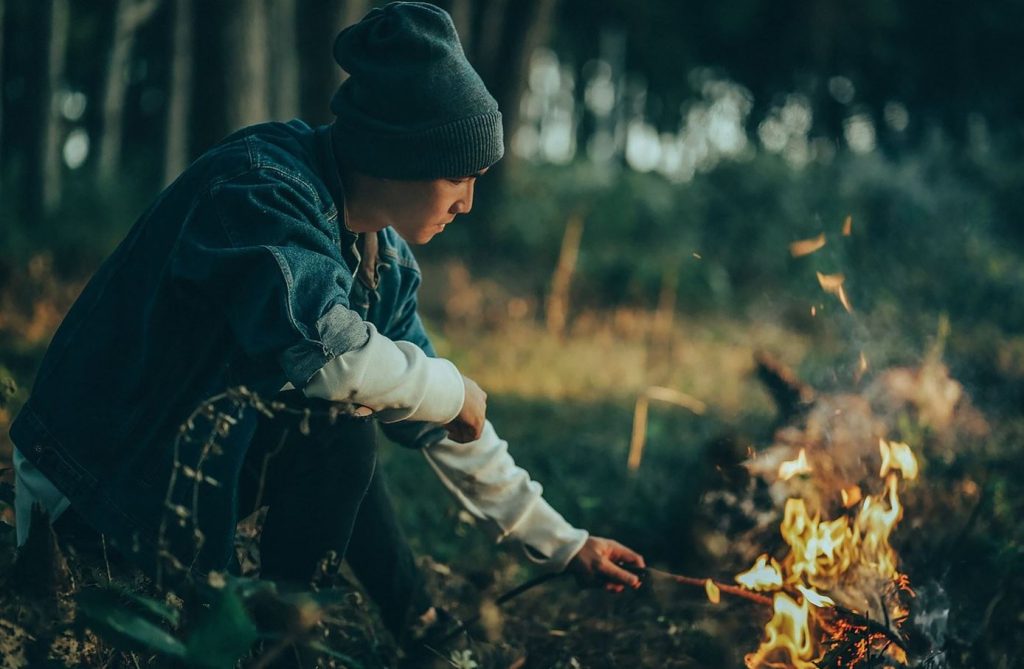
Campfires are a staple of camping culture, but they also pose a risk to overall campsite safety.
If a burn occurs, the first step is to cool the area with cold, clean water for at least 10 minutes. Avoid using ice, as it can damage the skin further.
After cooling, cover the burn with a sterile, non-stick dressing. For more severe burns, or if the skin blisters, seek medical attention as soon as possible. Avoid applying creams or oils to burns, as they can trap heat in the skin and worsen the injury.
Insect Bites and Stings: Identifying Reactions and Treatment
Insect bites and stings are common annoyances in the wild, but some can cause serious reactions. For minor bites, clean the area and apply an antihistamine cream to reduce itching and swelling.
Monitor for signs of an allergic reaction, such as swelling beyond the bite area, difficulty breathing, or hives. If these symptoms occur, administer an antihistamine or an EpiPen if available, and seek emergency medical help immediately.
A great resource for ongoing education is the Wilderness Medical Society.
Handling Major Medical Emergencies in the Wild
Fractures and Sprains: Stabilization Techniques for Campers
A fall on uneven terrain can lead to fractures or sprains, both of which require immediate attention.
For a suspected fracture, immobilize the area using a splint made from available materials like sticks and clothing. Avoid moving the injured limb unnecessarily.
For sprains, follow the RICE method: Rest, Ice, Compression, and Elevation. In both cases, minimizing movement can prevent further injury until professional help can be reached.
Dehydration and Heatstroke: Signs, Prevention, and Treatment
The risk of dehydration and heatstroke increases significantly in hot, arid and high-altitude environments, and can become life-threatening if not addressed immediately.
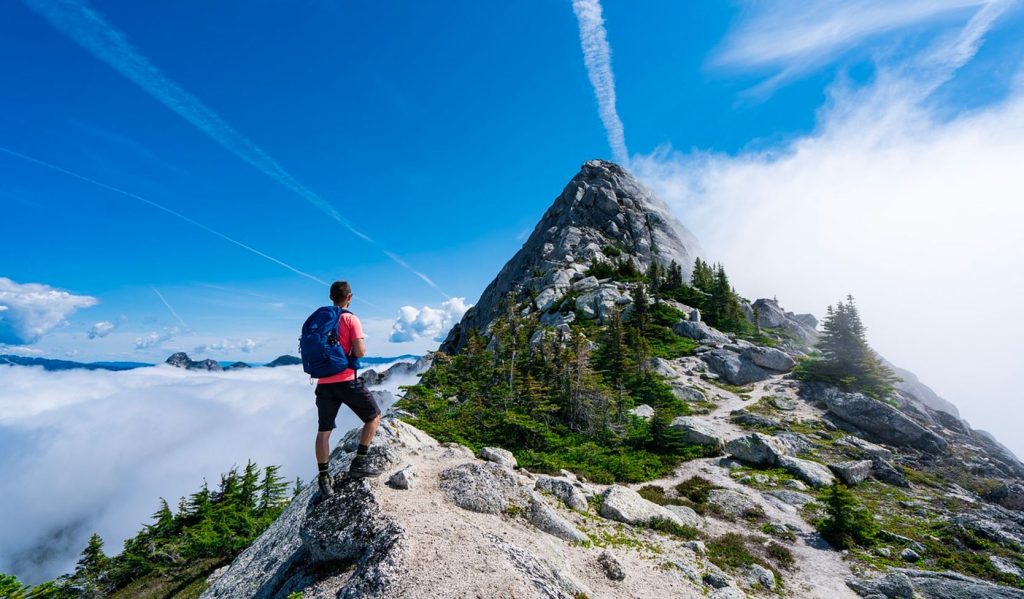
Early signs of dehydration include dark urine, dizziness, and excessive thirst. To prevent dehydration, drink filtered water regularly, even if you don’t feel thirsty. If heatstroke is suspected, move the person to a shaded area, cool them down with wet cloths, and give them water if they’re conscious.
Allergic Reactions: Recognizing Anaphylaxis and Administering EpiPen
Anaphylaxis is a severe allergic reaction that can occur suddenly and escalate quickly.
Common triggers include insect stings, certain foods, and plant allergens. Signs include swelling of the face or throat, difficulty breathing, and a rapid pulse.
Administering an EpiPen immediately can be life-saving, but it’s also important to seek emergency medical help, as symptoms can return even after the initial treatment.
Basic CPR for Campers: Life-Saving Skills Everyone Should Know
CPR Techniques for Adults, Children, and Infants in the Wilderness
Cardiopulmonary resuscitation (CPR) is a fundamental skill that can mean the difference between life and death in a remote setting. The technique varies slightly depending on the age of the victim.
For adults, use both hands for chest compression, pressing hard and fast at a rate of 100-120 compressions per minute. For children, use one hand, and for infants, use two fingers.
Rescue breaths are also essential, but if you’re unsure, chest compressions alone can still be effective. Practice, practice, practice!
The Role of AEDs: Are They Necessary for Camping Trips?
Automated external defibrillators (AEDs) are becoming more common in public spaces, but should you bring one on a camping trip?
While not typically part of a standard camping kit, if you’re camping in a larger group or with someone at risk of cardiac issues, an AED could be a wise addition. AEDs are user-friendly, providing step-by-step instructions for use even for those without medical training.
Dealing with Environmental Hazards: First Aid for Nature’s Threats
Poisonous Plants: Identification and First Aid Response
The beauty of nature hides some dangerous secrets, such as poisonous plants. Learning to identify plants like poison ivy, poison oak, and poison sumac can prevent painful rashes and blisters.
If contact occurs, rinse the affected area with water as soon as possible to remove the plant’s oils. Apply calamine lotion or hydrocortisone cream to reduce itching and inflammation. In severe cases, oral antihistamines may be necessary.
Most essential is to teach your kids the basics of identifying these threats.
For additional key information about poisonous plants, as well as poisonous creatures, be sure to visit the National Poison Control Center website.
Hypothermia and Frostbite: Cold Weather First Aid Essentials
Cold weather camping presents unique challenges, with hypothermia and frostbite being the most serious.
Hypothermia occurs when the body loses heat faster than it can produce it, leading to a dangerously low body temperature. Early symptoms include shivering, confusion, and slurred speech. If left untreated, it can be fatal. To treat hypothermia, move the person to a warm place, remove wet clothing, and wrap them in blankets.
Frostbite, on the other hand, affects extremities like fingers and toes, causing them to become numb and discolored. Gradual warming and protection from further exposure are key to treating frostbite. Cold weather first aid knowledge is essential for any camper braving the winter wilderness.
Mental Health First Aid: Supporting Fellow Campers in Crisis
We often focus purely on physical preparation, but the mental challenges of camping in the wild cannot be overlooked.
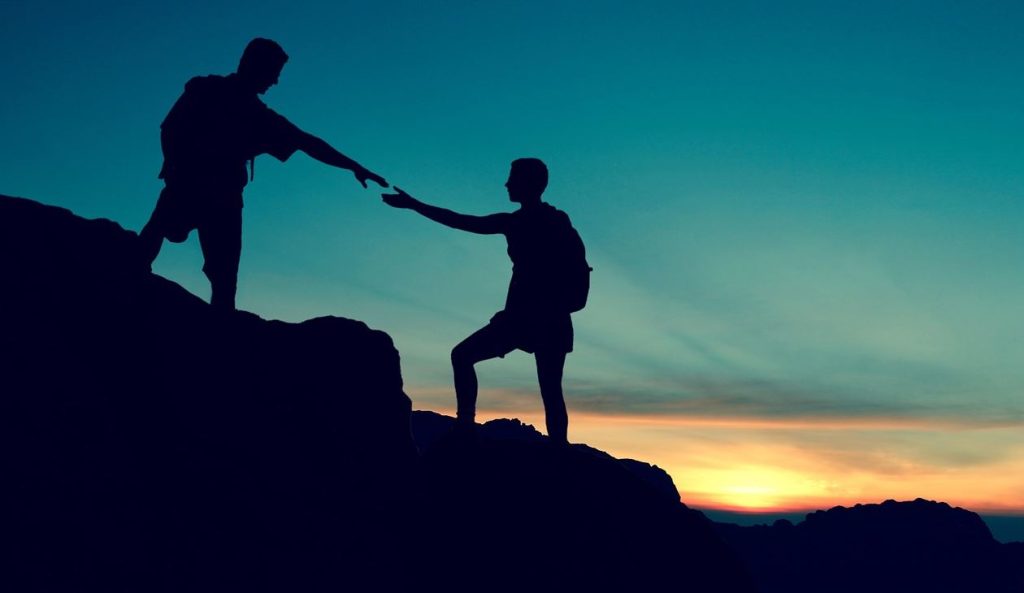
Recognizing Stress and Anxiety in the Wilderness
Not every camper is prepared. Recognizing the signs of a fellow camper in distress such as irritability, restlessness, or withdrawal is the first step in providing support.
Anxiety can be triggered by various factors, from fear of the unknown to the stress of survival in tough conditions. Understanding these triggers helps in creating a supportive environment where everyone feels safe and reassured.
First Aid for Panic Attacks: Grounding Techniques
A panic attack in the wilderness can be terrifying, both for the individual experiencing it and those around them.
Grounding techniques, such as deep breathing, focusing on the five senses, or repetitive physical tasks like stacking stones, can help bring the person back to the present moment. Encourage them to breathe slowly and deeply, and speak in a calm, reassuring voice.
Providing Emotional Support After a Traumatic Event
A serious injury or near-miss can leave emotional scars. Providing compassionate support is just as important as physical first aid. Listen actively, offer comfort, and reassure the person that their feelings are valid.
Helping someone through a traumatic experience can strengthen group bonds and foster a profound sense of community, turning a negative experience into a lesson in resilience.
Teaching First Aid to Your Camping Group: Empowering Everyone
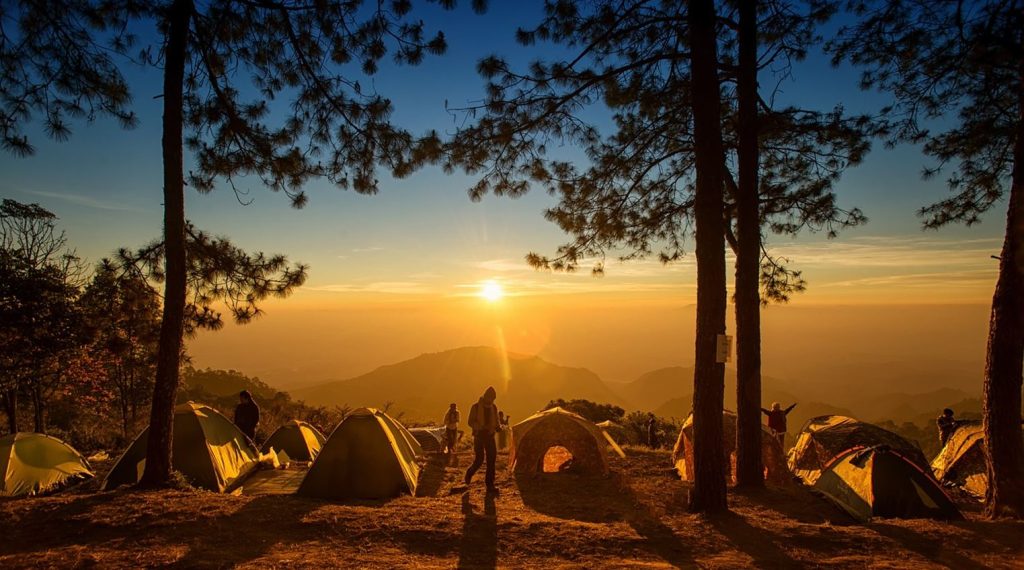
Simple First Aid Drills for Families and Groups
Incorporating first aid drills into your camping preparation will ensure that everyone, youngest to oldest, begins their day with supreme confidence.
These drills don’t have to be complicated—practicing how to bandage a wound, perform CPR, or treat a burn can make everyone feel more self-assured.
Role-playing different scenarios ensures that everyone knows their role in an emergency. Regular practice makes these skills second nature, allowing for a swift and effective response.
How to Involve Kids in First Aid Learning
Children are naturally curious and eager to learn, making them perfect candidates for basic first aid training.
Teach them simple tasks, like how to clean a wound, apply a bandage, or recognize when to ask for help. Use games or storytelling to make learning fun and memorable.
By involving kids in first aid, you’re not only equipping them with valuable skills but also fostering a sense of responsibility and teamwork.
Here is a criminally under-viewed 37-part wilderness first aid course on YouTube that is perfect for kids as well as adults just beginning their journey.
The Importance of Regular Refreshers: Keeping Skills Sharp
Skills can fade over time, and new techniques or information may become available. Make it a habit to review and practice first aid before each camping trip through formal courses or casual group sessions.
When to Seek Help: Knowing Your Limits in the Wilderness
When to Call for Rescue: Understanding the Signs
Knowing when to seek outside help is a critical aspect of wilderness first aid. While self-sufficiency is a hallmark of camping, there are times when the best course of action is to call for rescue.
If you find yourself short on supplies or skills as an emergency develops, do not let the situation spiral out of control; know your limits and recognize when your are out of your depth.
Navigating Communication: How to Use Emergency Devices
In remote areas, communication can be a lifeline. Familiarize yourself with the emergency devices available to you, such as satellite phones, personal locator beacons (PLBs), or GPS devices.
These devices aren’t cheap, but can provide an overwhelming sense of extra protection in the wilderness.
Learn the protocols for signaling distress, whether through flares, mirrors, or international distress signals.
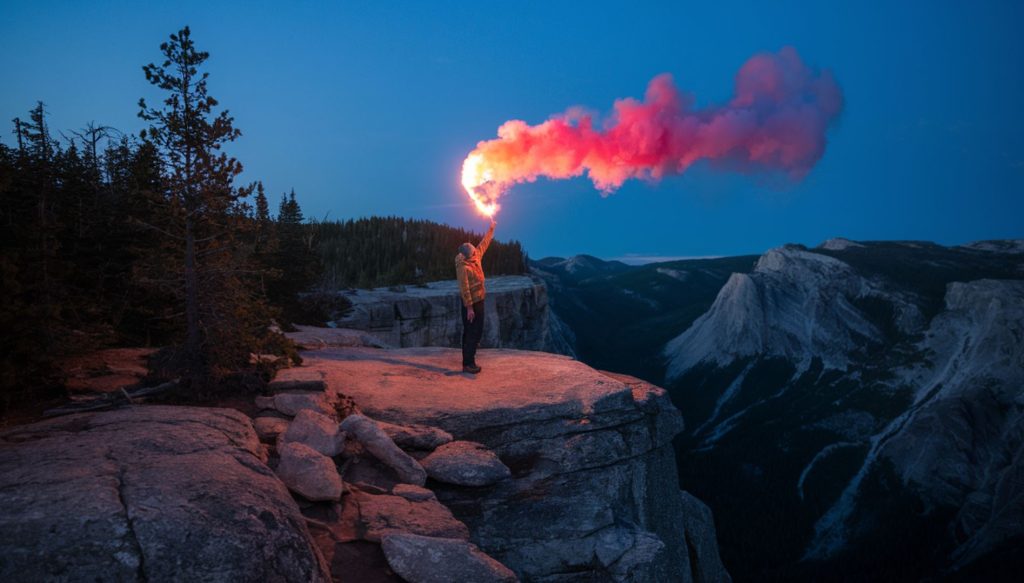
Continuing Education After Your Camping Trip
Learning from Mistakes: How to Improve for Next Time
Mistakes are inevitable, but they’re also valuable learning opportunities. If something didn’t go as planned, use it as a chance to improve.
Whether it’s forgetting a crucial item in your first aid kit or not recognizing the symptoms of dehydration early enough, these experiences teach us how to be better prepared next time. The goal is not perfection but progress.
Sharing Knowledge: Encouraging Fellow Campers to Get Trained
Finally, one of the best ways to enhance your own first aid skills is to share them with others — and share this article 😉. Encourage your fellow campers to get trained and to take first aid seriously. By creating a culture of preparedness, you’re not only ensuring your own safety but also contributing to the safety of the entire camping community.
Pets
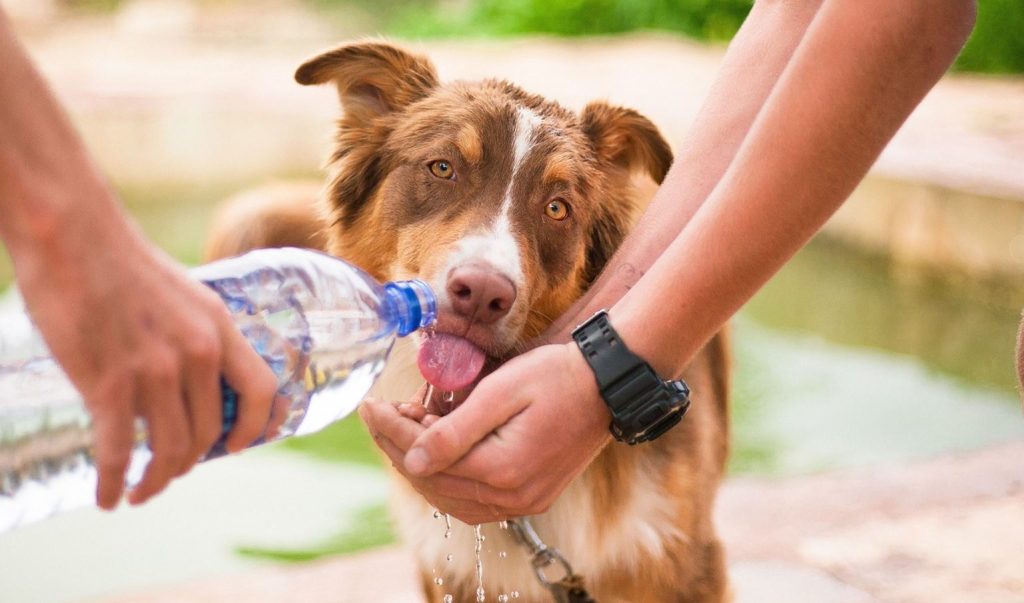
Did you think we forgot first aid skills to assist our dearest friends? Not at all, but they’re so important that we are devoting an entire article to their protection while out in the wilderness. Stay tuned!

